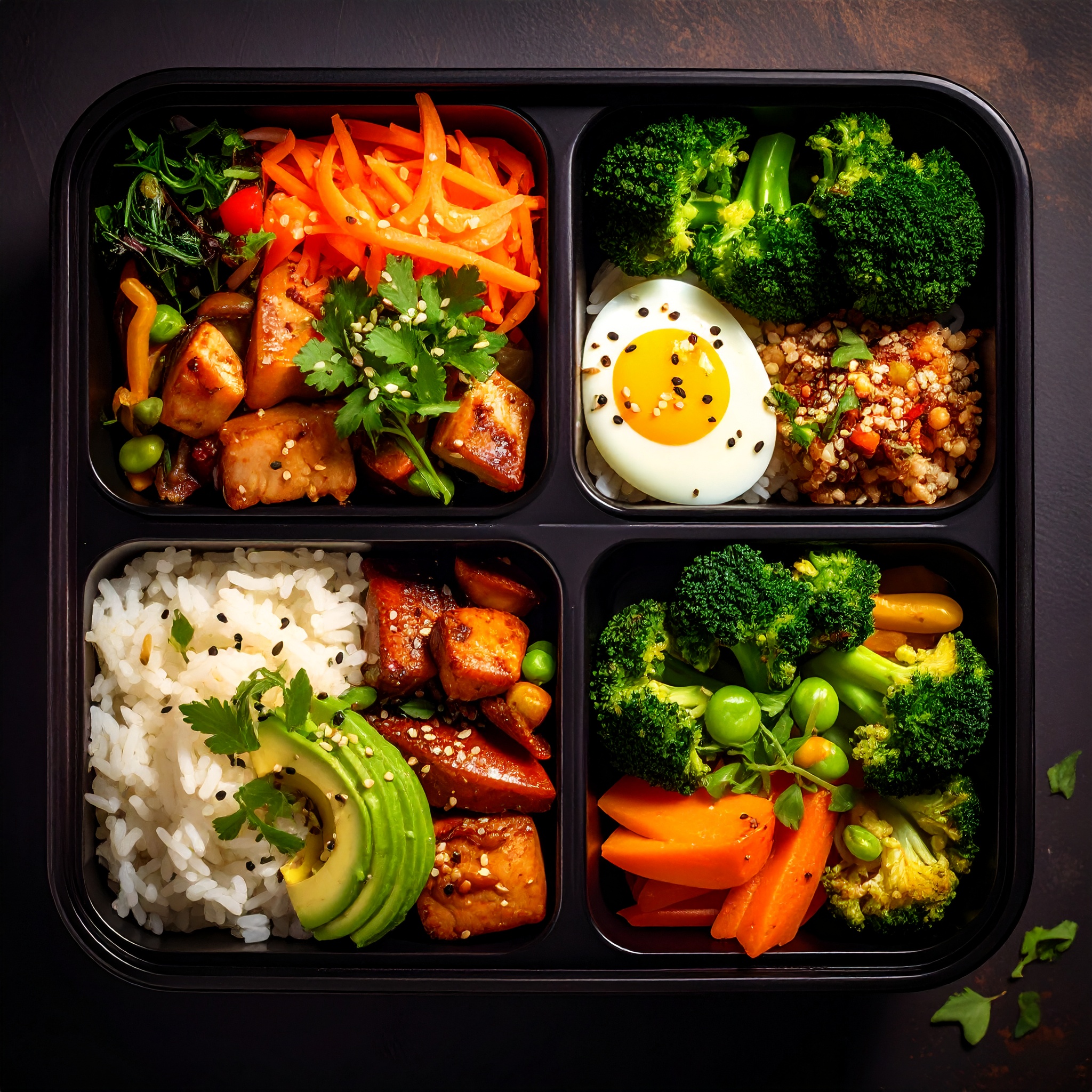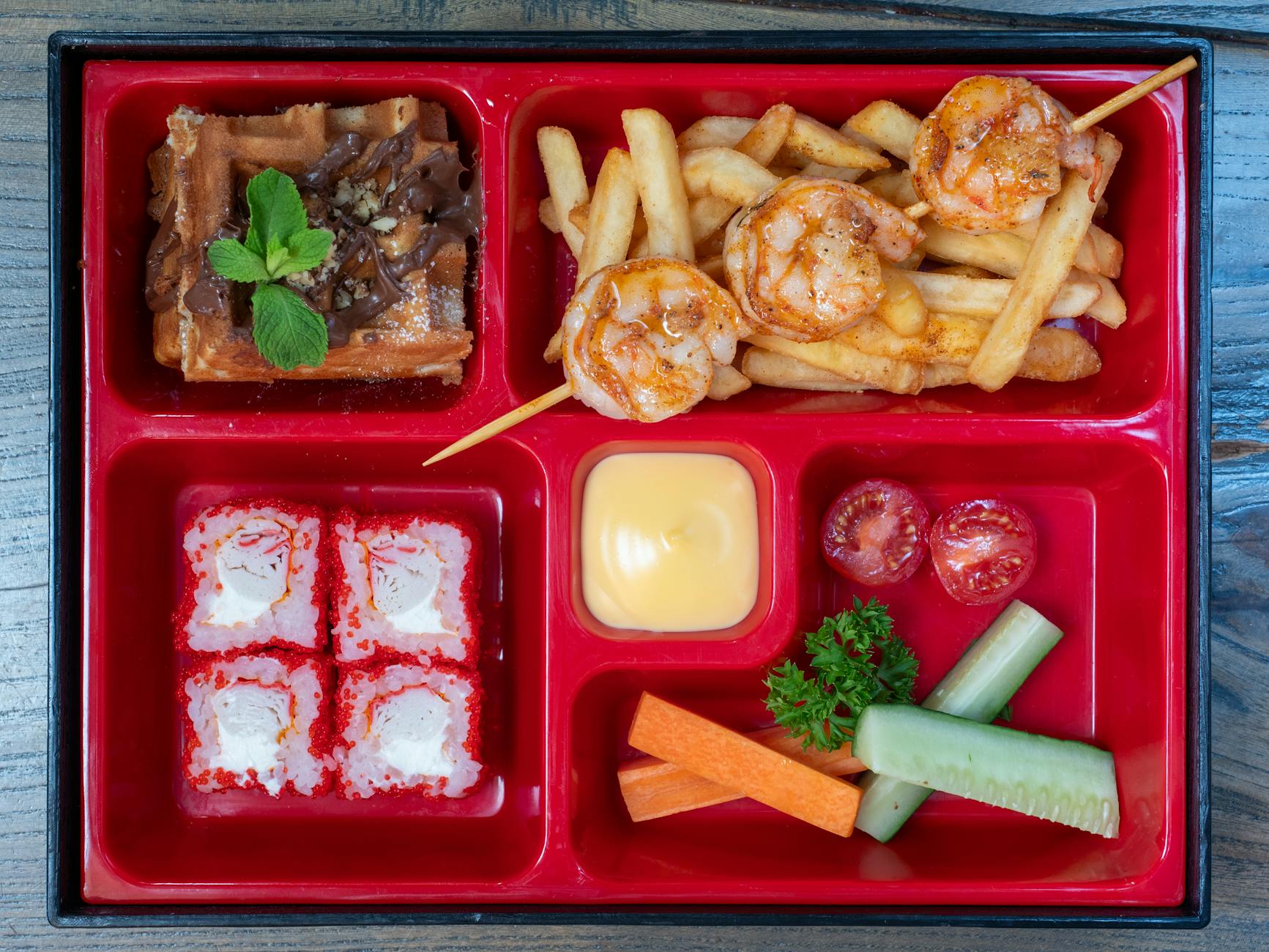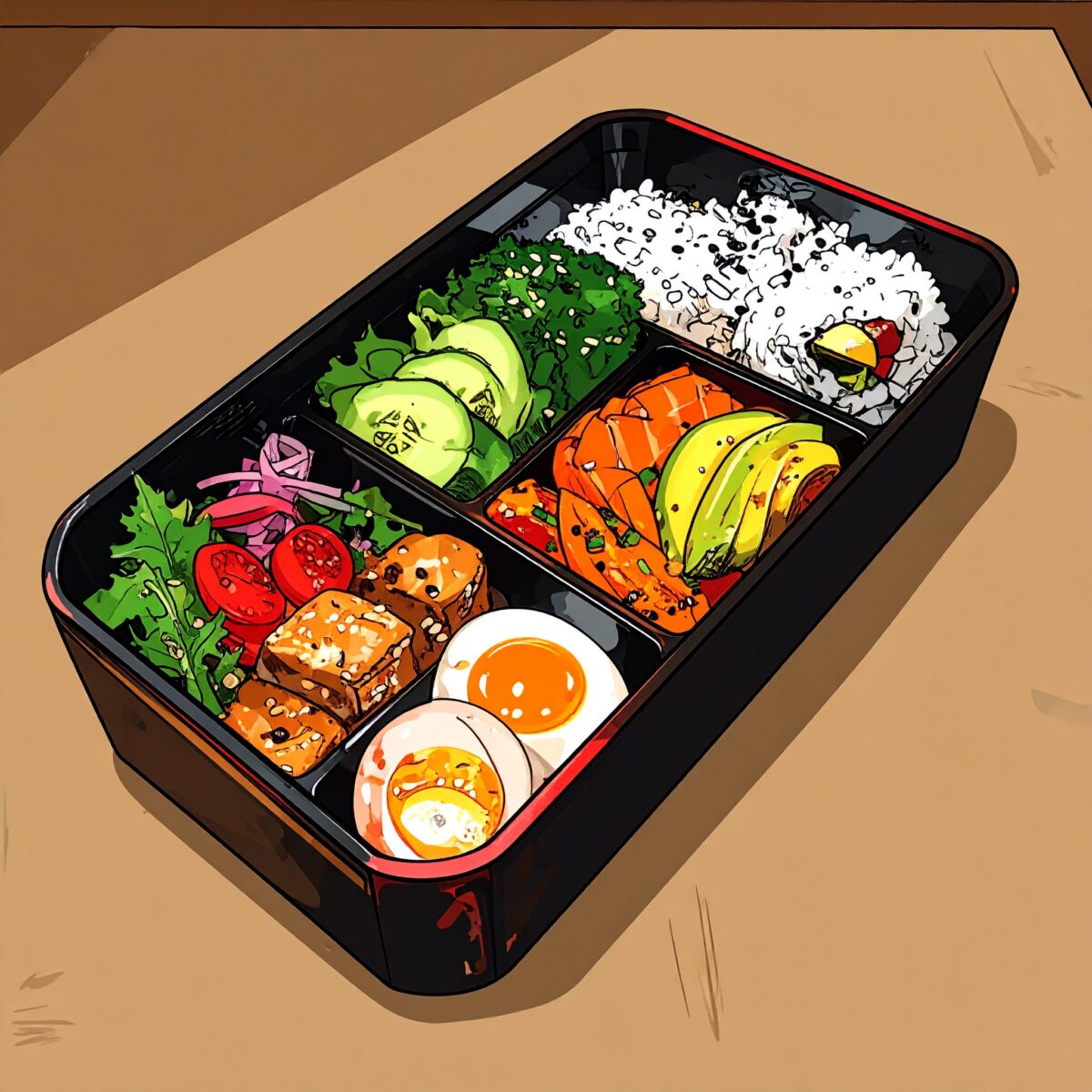In train stations, parks, workplaces, and schools across Japan, one ubiquitous yet deeply meaningful item stands out: the bento. While convenience store and specialty shop versions are widely available, it is the homemade bento that truly embodies something unique—an intimate warmth that no other meal quite delivers. Within each box lies the quiet gaze of the one who prepares it, and the unspoken care for the one who receives it.
A bento is far more than a portable meal. It is a heartfelt expression—prepared in the early hours for a loved one, meant to nourish not just the body but the spirit. Love, concern, encouragement, and wellness—all are artfully packed into a small, carefully arranged container.
The origins of Japan’s bento culture trace back as far as the Nara and Heian periods, with tonjiki (packed meals) and onigiri during the Edo period. Over time, the tradition evolved into makunouchi and ekiben, eventually becoming a cherished ritual in everyday family life—prepared by mothers for children, by spouses for one another, or even as a personal treat for oneself.
The contents of a bento are as diverse as they are thoughtful. Steamed rice, a main protein, side vegetables, fresh fruit, and vibrant garnishes often come together in a harmonious, compact composition. Occasionally, handwritten notes or decorative elements transform the meal into an emotional experience. A bento is not merely a meal—it is a miniature world, designed with intention, balance, and often joy.

Preparing a homemade bento requires time and effort—cooking early in the morning, arranging the contents with care, and ensuring that the food stays fresh throughout the day. Yet many continue this daily ritual, not out of obligation, but because it offers a medium for emotions that words alone cannot convey. There is a quiet language within each bento—an unspoken message of love and consideration. It is for this reason that bento is often referred to as “a meal that speaks.”
The etiquette of receiving a bento is equally telling. Upon opening the lid and seeing the thoughtfully arranged contents, one pauses in appreciation before taking the first bite. After the meal, the container is washed and returned—a small but meaningful act of gratitude to the person who prepared it. Each gesture is a reflection of the Japanese cultural value of omoiyari—compassionate consideration for others.
In recent years, an increasing number of young people living alone have embraced bento-making as a form of self-care. Whether for budgeting, health, or emotional grounding, the process of selecting ingredients, cooking, and arranging the meal becomes an intimate ritual of self-respect. These small daily routines embody a quiet yet powerful gesture—kindness extended not just to others, but to oneself.
Japan’s bento culture has captured growing international interest, especially through visually expressive forms such as kyaraben (character bentos) and vibrant, color-coordinated meals. These artistic creations, often shared widely on social media, are admired not only for their aesthetic charm but also for their role in food education. Behind every cute or whimsical design lies a parent’s intention—to encourage children to enjoy eating, to foster curiosity, or to gently overcome picky eating habits. This thoughtful purpose adds depth and cultural richness to what may first appear playful.
Bento also serves as a subtle yet meaningful form of communication. Shared during school events, sports days, or picnics, family-prepared bentos take on a more celebratory tone. Handmade dashimaki tamago (rolled omelet), fried chicken that remains delicious even when cool, and seasonal fruits—all contribute to the experience. Yet, it is not the ingredients alone that linger in memory, but the warmth of the moment: who we shared the meal with, and the emotions woven into that simple act of eating together.

The modern landscape of bento culture continues to evolve, shaped by the realities of dual-income households, rising food costs, and increasingly diverse lifestyles. In this context, perfection is no longer the ideal—sustainability and flexibility are. On days when time or energy runs short, combining store-bought items or frozen foods with home-cooked elements has become a perfectly acceptable, even celebrated, approach. The value lies not in flawlessness, but in the quiet persistence of care—this, too, is an expression of contemporary omoiyari.
It is often said that a bento reflects the personality of its maker. A meticulously arranged bento may reveal one’s precision, while a whimsical, colorful composition suggests a free spirit. Though each style is unique, what unites them is a common thread: “this was made for you.” It is this sentiment that transforms a simple meal into something deeply personal and meaningful.
In the flow of busy daily life, the presence of a thoughtfully packed bento—a small box filled by someone’s hands—serves as a gentle reminder of connection and quiet kindness. It invites us to pause, to appreciate, and to remember the care that underlies even the most ordinary routines.
Through the act of eating, the Japanese bento continues to express one of the country’s most beautiful values: to care deeply, and to show that care without needing to say a word.




